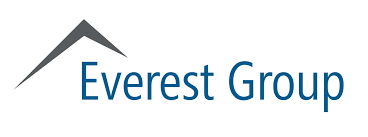

As cloud adoption becomes mainstream, enterprises are moving from realizing mere efficiency gains to overall business transformation benefits. Enterprises realize that a “cookie-cutter” approach to cloud will diminish returns on their technology-related investments. Most enterprises believe that multi-cloud adoption will help them achieve the intended business benefits.
However, most enterprises ultimately end up adopting a classic multi-cloud strategy. In many scenarios, the classic multi-cloud model leads to cloud siloes, leaving immense untapped business value on the table. These challenges can be addressed with a Cloud-Agnostic Managed Services (CAMS) approach.
The CAMS model’s goal is to help enterprises make best-fit choices for their workloads as they transform their cloud strategy. The model, which is supported by multi-cloud interoperability and integration, hyper-simplified management, and ongoing optimization, aids IT teams’ efficiency and efforts to deliver better business outcomes.
Key building blocks of a CAMS model include technology blocks and services blocks. While technology building blocks (containerization, serverless, multi-cloud management, verticalized Ips/solutions, etc.) help to establish the necessary modularity in the overall enterprise IT estate, services blocks (fit-for-purpose cloud strategy, cloud governance, hyper-optimization, and management, etc.) enable a context-driven approach to business-aligned service delivery among other benefits.
Enterprises can realize more than just cost optimization by adopting a CAMS model–additional benefits can include business agility, business resilience, and improved customer and user experience.